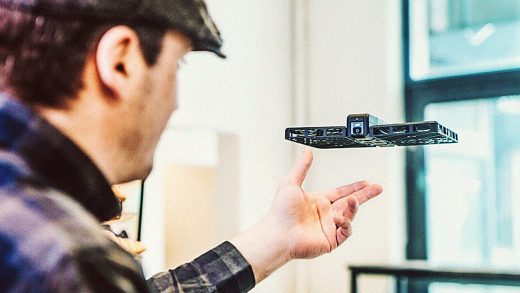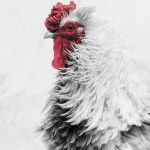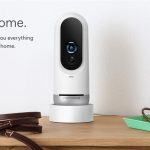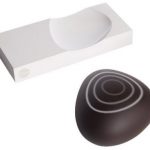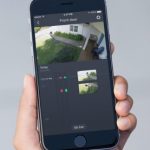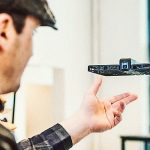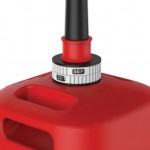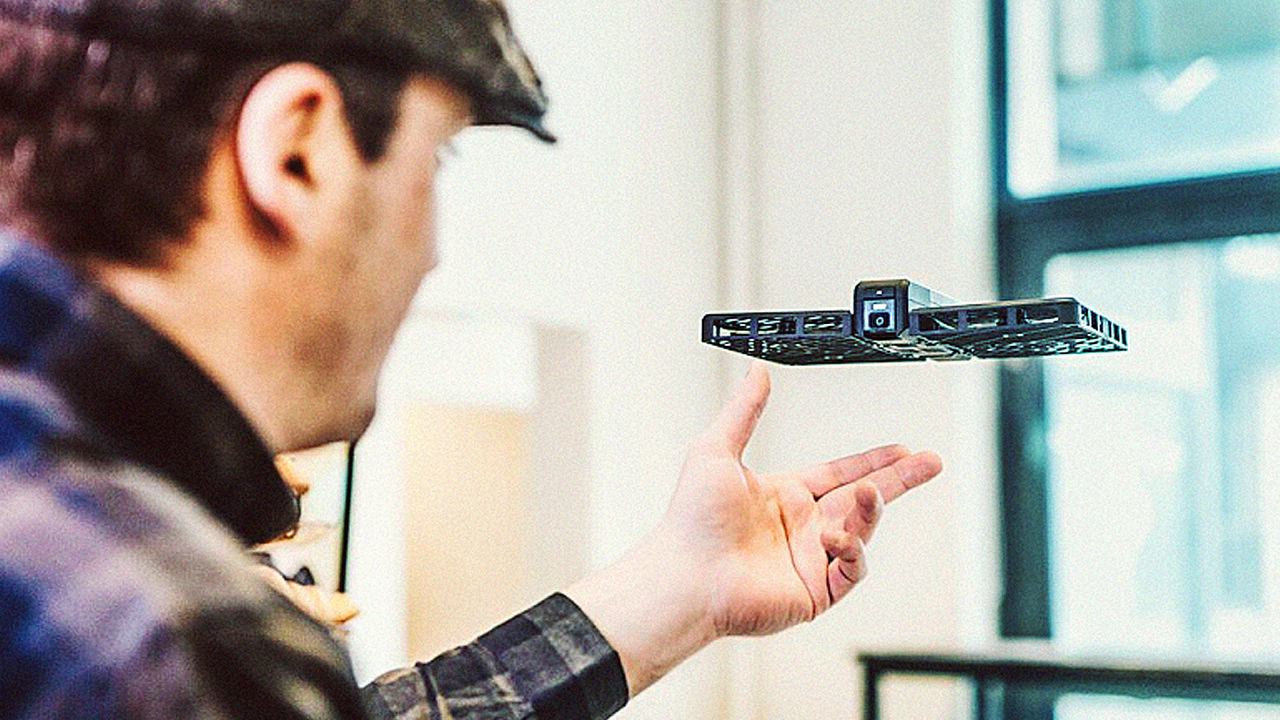Introducing Hover, An AI-Powered Indoor-Safe Camera Drone
Most popular consumer drones are affordable quadcopters robust enough to fly outdoors and snap photos or video. But they don’t work very well inside buildings. The startup Zero Zero Robotics is coming out of stealth mode to announce its first product, Hover Camera, a small drone specifically designed with no exposed propellers to safely shoot footage indoors.
Hover does exactly what it sounds like: Turn it on and it hovers in midair wherever you leave it. Hover is more a flying camera than a joyriding drone, and the controls on its paired smartphone app are for delicately repositioning it, not zooming to atrial heights. But the real breakthrough feature is its sophisticated AI programming that not only keeps the platform exceedingly leve, it uses face and body recognition to lock on to a subject and slowly follow them around autonomously.
“We had a few design goals in mind: Create a personal flying camera that’s portable and very safe, but also super easy to use for everyone,” says the CEO and founder of Zero Zero Robotics, Meng Qiu Wang. “Most of the drones on the market fall short in these three aspects. We wanted to up the game to the next level.”
To do that, Wang and his team built Hover with specific limits that created entirely new aerodynamic and computer engineering obstacles. First, the team wanted to future-proof Hover against any drone regulations, so it had to be under the FAA’s 250-gram threshold, over which drones require a permit. The final model is 238 grams—just over half a pound—which required a lot of efficient design and miniaturization to save weight. Its rectangular frame is somewhere between an iPhone 6S Plus and a notebook in size and fits in a purse.
Second, Hover needed to be indoor-safe, so they wrapped its four propellers in a carbon fiber mesh cage that’s light yet strong enough to endure serious stress. Since the carbon fiber interrupted lots of airflow, the team calculated entirely new aerodynamics models, programmed algorithms to speed up the custom rotors to compensate, and made custom DC motors to handle the higher speed. Finally, the team had to embed all that AI and computer programming onto a tiny 3-by-5-centimeter chip no bigger than a stick of gum.
At the end of that design labyrinth stands the Hover, a durable and lightweight flying camera that required so many design innovations that the team has filed 16 patents to date, says Wang. Hover’s rectangular carbon fiber housing looks like a VHS tape until its twin rotor flaps unfold 90 degrees away from the camera spine like a book opened to its middle and laid flat. The battery only lasts about eight minutes, says Wang, but it can be swapped out for a fresh one.
The 13MP main camera can capture 4K video. Using single-finger swipes in the controlling app, users can bank the camera down 90 degrees, up 30 degrees, or left and right on a custom gimbal. But the Hover also has a camera that points straight down. This design innovation is way to ditch GPS—the common method drones use to stay stable—by relying instead on the downward camera’s precise mapping of the ground.
A drone operates by taking in all that sensor information, calculating its position, and then sending course-correction instructions to each quadcopter motor in fractions of a second. The best open-source software can do it in 200hz to 300hz, says Wang. But the Hover team sought to achieve a faster frequency to speed up the sensor feedback loop rate and increase the rate of correction, which would keep the Hover more stable. So the team made another custom system and achieved feedback at 1Khz; that’s roughly equal to one feedback loop per millisecond.
The Hover Camera is not for sale yet. Zero Zero Robotics announced it today to build buzz and gather a group of beta testers to take some of the 2,000 Hovers they already built and generate footage. Sometime this summer, Wang says, they’ll officially offer the drone for sale on the Hover site, and by then they’ll have plenty of video to demonstrate what you can capture with a next-generation hovering camera.
But it’s only the beginning of the burgeoning robotics firm, which Wang founded in 2014 while he was getting his master’s at Stanford. Today, it’s grown to over 80 employees.
“The reason why we’re so excited about the Hover camera is that it’s the first time devices of this size can be AI-powered,” Wang says. “It’s really changing the paradigm of how users interact with AI devices. In the future, we want to go down to even smaller robotics devices that will enrich people’s lives.”
related video: the changing ethics of drone warfare
Fast Company , Read Full Story
(35)

